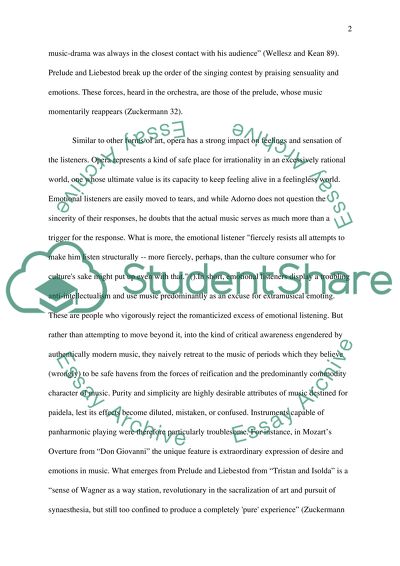Cite this document
(The Main Features of Opera as an Art Form Assignment, n.d.)
The Main Features of Opera as an Art Form Assignment. Retrieved from https://studentshare.org/music/1503793-making-references-to-at-least-two-of-the-operas-that-we-have-studied-write-on-the-main-features-of-opera-as-an-art-form
The Main Features of Opera as an Art Form Assignment. Retrieved from https://studentshare.org/music/1503793-making-references-to-at-least-two-of-the-operas-that-we-have-studied-write-on-the-main-features-of-opera-as-an-art-form
(The Main Features of Opera As an Art Form Assignment)
The Main Features of Opera As an Art Form Assignment. https://studentshare.org/music/1503793-making-references-to-at-least-two-of-the-operas-that-we-have-studied-write-on-the-main-features-of-opera-as-an-art-form.
The Main Features of Opera As an Art Form Assignment. https://studentshare.org/music/1503793-making-references-to-at-least-two-of-the-operas-that-we-have-studied-write-on-the-main-features-of-opera-as-an-art-form.
“The Main Features of Opera As an Art Form Assignment”, n.d. https://studentshare.org/music/1503793-making-references-to-at-least-two-of-the-operas-that-we-have-studied-write-on-the-main-features-of-opera-as-an-art-form.


